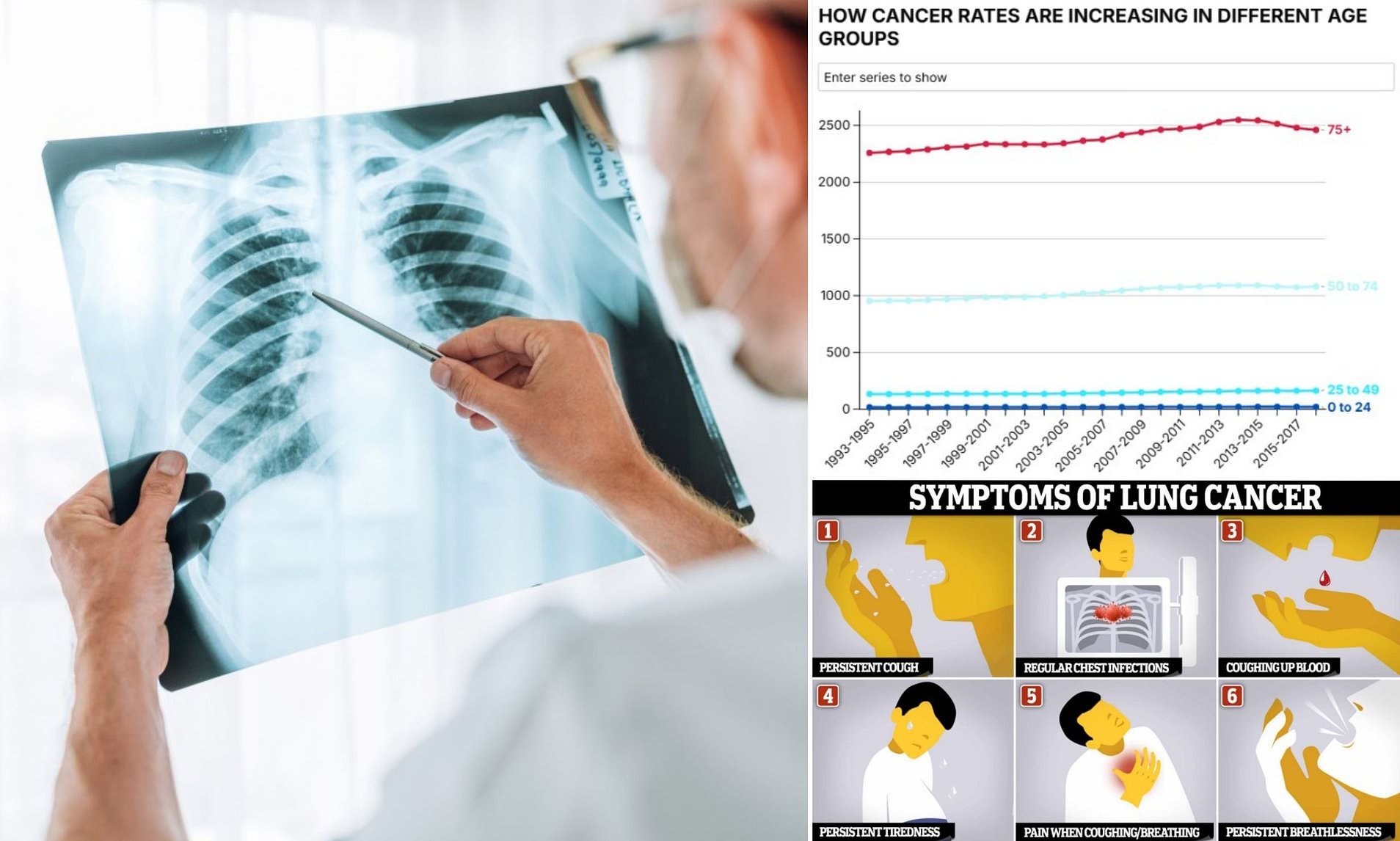
Air Pollution Linked to Lung Cancer in Never-Smokers
A growing body of research is revealing a concerning connection between air pollution and lung cancer, even among individuals who have never smoked. This issue has sparked significant concern among scientists and health experts worldwide, as the findings highlight the urgent need for stronger measures to combat environmental pollutants.
The World Health Organisation (WHO) has long emphasized the importance of addressing pollution, which is responsible for approximately 7 million deaths globally each year. Recent studies suggest that tiny particles in the air, specifically PM2.5—particles smaller than 2.5 micrometers—may be contributing to an increase in lung cancer cases among non-smokers.
Key Findings from the Study
In a comprehensive study involving nearly 1,000 never-smoker patients across four continents, researchers discovered that those living in areas with higher levels of air pollution had more DNA mutations in their lung tumours. These mutations were linked to the TP53 gene, which is commonly associated with smoking-related lung cancer.
PM2.5 particles are particularly dangerous because they are too small to be filtered by the nose or lungs, allowing them to enter the bloodstream and cause widespread damage. The study also found that individuals exposed to greater amounts of air pollution had shorter telomeres, which are protective structures at the ends of chromosomes. Shortened telomeres are often associated with accelerated aging.
Expert Opinions and Implications
Experts have described the findings as "problematic" and stressed the urgency of addressing air pollution as a growing global health issue. Professor Ludmil Alexandrov, a cellular and molecular medicine expert at the University of California, San Diego, noted that the trend of increasing lung cancer cases among never-smokers remains poorly understood.
Dr. Maria Teresa Landi, a cancer epidemiologist at the US National Institute of Health, added that previous lung cancer studies often failed to separate data between smokers and non-smokers, limiting insights into potential causes. She emphasized the importance of focusing on never-smokers through global data collection and genomic analysis.
While smoking remains the primary risk factor for lung cancer, it is estimated that nearly 6,000 never-smokers die from the disease annually. Despite declining smoking rates, cases among non-smokers have risen sharply, doubling between 2008 and 2014.
Global Impact and Rising Concerns
The study analyzed the genetic code of lung tumours from 871 never-smokers across Europe, North America, Africa, and Asia. Researchers found a direct correlation between higher pollution levels and an increased number of cancer-driving mutations in tumours. PM2.5 was especially linked to mutations in the TP53 gene, even after accounting for factors like age and gender.
PM2.5 particulates have been known to enter the bloodstream, leading to other serious conditions such as heart disease. Additionally, prolonged exposure to polluted air can accelerate the shortening of telomeres, indicating premature aging.
Broader Evidence and Public Health Challenges
This research adds to a growing body of evidence showing that PM2.5 is a major risk factor for lung cancer. A recent meta-analysis of 17 studies found that increased exposure to PM2.5 raised the risk of lung cancer by 8% and the risk of dying from the disease by 11%.
Lung cancer affects around 50,000 people in the UK and 230,000 in the US every year. It is the leading cause of cancer-related deaths worldwide, often diagnosed at advanced stages when treatment is less effective. Statistics show that four out of five patients die within five years, and fewer than 10% survive for a decade or more.
Emerging Trends and Future Research
Despite these challenges, new trends are emerging in lung cancer diagnoses. Women aged 35 to 54 are now being diagnosed at higher rates than men in the same age group, highlighting the need for further investigation into gender-specific risk factors.
As the scientific community continues to explore the link between air pollution and lung cancer, the call for stronger policies to reduce harmful emissions grows louder. Addressing this issue will require global cooperation, innovative solutions, and a renewed focus on public health initiatives aimed at protecting vulnerable populations.
Post a Comment